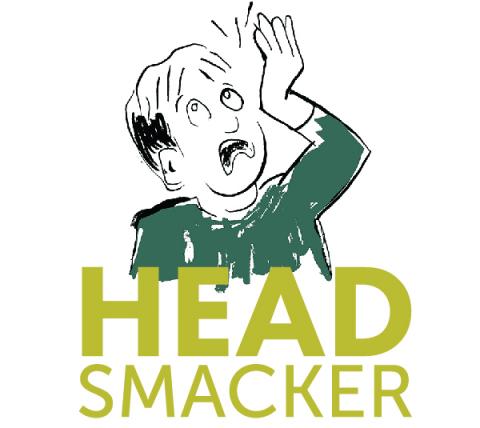
Trying to get Chairman Ryan's poverty plan to match up with everything he has proposed up to now
House Budget Committee Chairman Paul Ryan (R-WI) gave a speech on July 24 about Expanding Opportunity in America. He talked about the need to provide individualized services to poor families, to let states try new approaches and test their outcomes, to reduce incarceration and provide services for those returning from prison, and to increase the Earned Income Tax Credit for childless workers.
Now, the way he would give states the chance to try new approaches is to let them have at the money from up to 11 programs,* lumped into one block grant. He takes pains to say the money would not be less than the amount the programs have now.
Disconnect #1: Ryan’s budgets, annually passed by the House for the past few years, would drastically cut most of the programs he would pool in this block grant. SNAP/food stamps is one of the programs in the proposed “Opportunity Grant” – his most recent budget slashed SNAP by $137 billion over 10 years. The other programs that could be added to this super-block grant include the nation’s biggest rental assistance programs, home heating assistance, and a job training program for dislocated workers. These programs require annual appropriations, and the Ryan budget proposed deep cuts to appropriations other than defense – about twiceas deep as those that would be required if Congress lets new rounds of automatic (“sequestration”) cuts take place. So it is very hard to see how he could keep the promise that the lumped-together programs would get the same funding they do now if his own budget (approved by the House) were to become law.
In calling for increasing the Earned Income Tax Credit for low-income workers without children, Chairman Ryan is promoting something we really like too. The most childless workers can get in an EITC now is about $500. He would double that, because the EITC “helps low-income households while encouraging work.” (From his new report, page 27.)
Disconnect #2: The low-income portion of the Child Tax Credit also helps families and encourages work. But one day after Ryan’s speech, the House is scheduled to vote on a bill that will let expire important improvements to the Child Tax Credit. If those improvements end, a full-time minimum wage worker with two children will lose $1,725, their whole credit. At the same time, the bill coming to the House floor (H.R. 4935) will make the credit newly available to families with incomes from $150,000 – $205,000 a year. The bill will also deny the Child Tax Credit to 5.5 million children in immigrant families (4.5 million of those children are citizens; all are low-income). Paul Ryan should oppose this bill because it lets expire a work-promoting form of aid for poor families that he likes enough to want to expand to more workers. He should ask to pull the bill from the floor, and work with his caucus to permanently extend the improvements, delete the immigrant provisions, and add the childless workers’ increase. We’ll look forward to that happening. But in fact he supports the same cut to immigrant families. His paper proposes that cut towards paying for the increase for the childless workers. Any antipoverty proposal that achieves its ends by deepening other people’s poverty is not going to have the outcomes we want. And it’s just plain wrong besides.
Ryan likes the block grant concept because it gives states more flexibility.
Disconnect #3: In the details about how he would pay for expanding the childless workers’ credit, the report proposes eliminating the Social Services Block Grant. Modestly funded at $1.7 billion, SSBG provides states with funding that can be used to provide a variety of services low-income families need. Some use it for child care, or for care for seniors, including home-delivered meals, or for case management. Ryan has long proposed eliminating it, saying it’s duplicative of other programs. But that’s the whole point – it’s a flexible pool of money states can tap when they feel adding particular services is a top priority. Isn’t that exactly what he favors?
*The 11 programs states can put into the new block grant: SNAP/food stamps; Temporary Assistance for Needy Families (TANF); Section 8 Housing Choice rental vouchers; Section 521 Rural Rental Assistance payments; Section 8 Project-Based Rental Assistance; Public Housing Capital and Operating Funds; Child Care and Development Fund; Weatherization Assistance Program; Low Income Home Energy Assistance Program (LIHEAP); Community Development Block Grant; and Workforce Investment Act Dislocated Workers. States would be able to put some or all of these together into the block grant.


The views and opinions expressed in this post are those of the author(s) and do not necessarily reflect those of MomsRising.org.
MomsRising.org strongly encourages our readers to post comments in response to blog posts. We value diversity of opinions and perspectives. Our goals for this space are to be educational, thought-provoking, and respectful. So we actively moderate comments and we reserve the right to edit or remove comments that undermine these goals. Thanks!